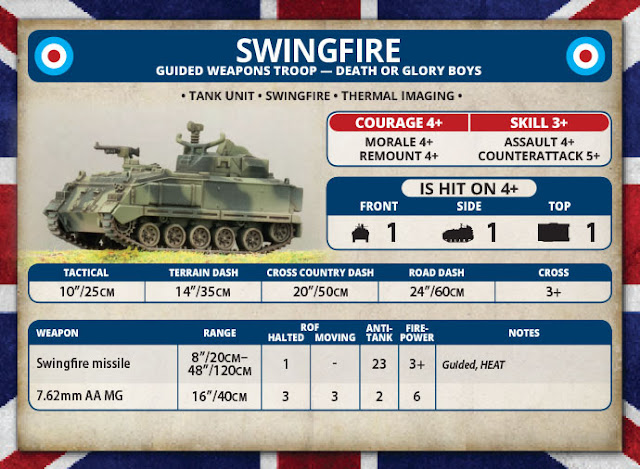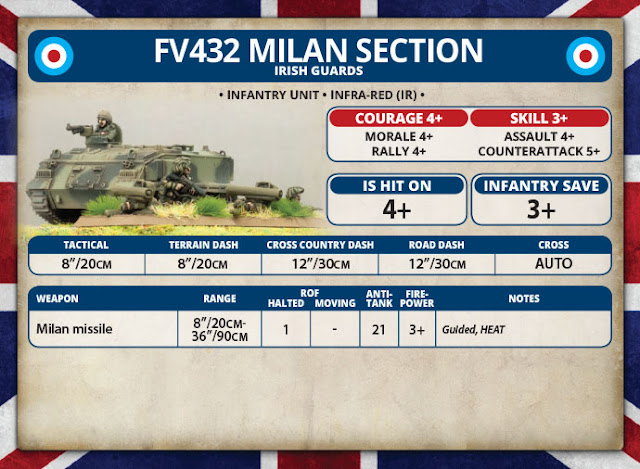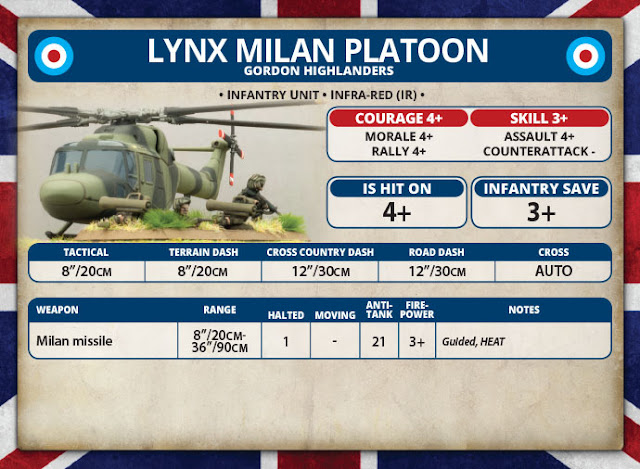The BAOR commander was dual hatted, and not only served as Royal Army’s senior officer in Germany, but also as commander of NORTHAG, or the Northern Army Group which consisted of the 1st British Corps, III US Corps, Dutch and Belgium Corps, 1st German Corps, and depending on the year some French forces as well. The territory that NORTHAG was responsible for was the area north of the Harz Mountains to the Elbe River near Hamburg. This area is well known as the North German Plain and factored in many battle plans drawn up by both NATO and the Warsaw Pact.
Many felt that the flat farmland in this part of Germany would be a great axis of advance for an army. While this fact is true, it is also the widest part of what was West Germany and it is dotted with rivers and towns that also form natural defensive barriers. No matter the suitability of the terrain, the British and the Warsaw Pact forces would have had a bloody fight if WWIII ever kicked off.
The BAOR was made up of forces that were stationed in Germany permanently such as the 1st, 3rd and 4th Armored Divisions, and the 2nd Infantry Division that was based back in the United Kingdom. In the event of a conflict, the 1st and 4th ADs would meet the Soviet attack at the frontier, with the 3rdAD held in reserve. Once the 2nd ID arrived from the UK it would be used as a reserve force and to provide rear area security. The other major British force in Germany was the “Berlin Brigade” which was not a part of the BAOR and was based in West Berlin.
In the event of a war, the ability for NATO to switch from peacetime operations and on to a wartime footing was key. The British had to bring an entire division over to Europe quickly, so warning that an impending invasion was key to mobilizing forces dedicated for NATO and transporting them over to the continent. Once the war went hot I am sure the Soviets would have tried their best to interdict the personnel and material heading for West Germany.
Looking at a map of the BAOR area of responsibility and the forces they had available one can clearly see the daunting task that they faced. The BAOR would be hard pressed to stop a Soviet offensive if they did not have any strategic warning and faced a “Bolt out of the Blue’ scenario. For such an occasion the BAOR was equipped with tactical nuclear weapons that could tip the scales in the favor of NATO. I am sure we are all happy that this scenario never happened.
The British Army of the 1980’s was a totally professional military force that did away with conscription or “National Service” back in 1960. Much like the US military during that period, it was an all-volunteer organization. A lot can be said for this type of military, it is more motivated and can hand pick its members, however it may suffer from manpower shortages. To offset this the British relied on the Territorial Army (TA), which were units made up of reservists who were integrated into the active force and can be called back to full time duty when mobilized. Most of the personnel in the TA had served previously with the active component and still trained while in a part time role much like the National Guard and Army Reserve in the US.
Based on the important role of the BAOR in the event of WWIII, one can see why a tank such as the Chieftain was fielded. It was a tough and well-armed MBT that had to stand fast and prevent a Soviet offensive, knowing that the numbers would never favor their side.
 |
| The Swingfire would also make up for the lack of numbers of tanks |
Even the airmobile company plays into the defense of the North German Plain, by using vertical envelopment to get behind the Soviet front line and create mayhem with their Milan teams to slow down the enemy advance.
So even if you do not care much about the history behind the lead, you can see from the text above why your Iron Maiden force looks and fights like it does.
Email: WWPDMitch@gmail.com
Twitter: @MitchWWPD












.jpeg)
